What is Anti Surge System? Purpose, Types, Advantages, and Disadvantages
In a centrifugal compressor, to maintain its speed at required, there is a certain capacity below which the operation is unstable. This breakdown point is called “Surge”.
Surge is a term associated with low flow.
It is the phenomena, resulting from the inability of the turbo compressor impeller to produce the amount of required energy that the process system requires.
Surge is an inherent phenomenon in centrifugal compressors, which can damage the machine. The intensity of surge varies from application to application and proportional to the density of the fluid.
Anti Surge system
Surge is a high-speed phenomenon, surge flow reversals can occur in less than 150 milliseconds. Pressure rapidly fluctuates, noise is generated. Temperature increases can be very rapid and mechanical damage can occur.
The anti-surge control system is designed to determine the surge condition in the compressor and to operate the anti-surge control valve in an efficient and speedy manner to protect the centrifugal compressor from the surge.
Purpose of Anti-surge System
The quickest way to eliminate surge is to rapidly reduce the pressure buildup by opening a blow-off or recycle valve in the discharge system to maintain the required flow.
Blow off causes waste of expensive process fluid, therefore, recycle is preferred and mostly carried out by through 4-20 mA electronic operated control valve which is termed as “Anti-surge Control Valve”.
Basics of Anti-surge Control System
The anti-surge control controller (UIC) provides the compressor against the surge by opening the recycle valve.
Opening the recycle valve lowers the resistance felt by the compressor.
The anti-surge controller imaginary operation protection line is Surge Control LIne.The anti-surge system has to control the operating (OP) point on the right of SCL. If OP is moving leftward toward SCL, your algorithm shall open Anti-Surge Valve (ASV).
Advanced dedicated Anti Surge Controller system
In the advanced controller, the control action is split into two actions.
- PI action
- Recycle Trip Action.
PI action is dealt with small and steady-state disturbances while recycling trip action will cope with sudden and quick process disturbances as shown in the below figure. Two lines are introduced right to SLL for this control algorithm.
Surge control line (SCL) and surge trip line as shown in the below figure.
PI action will be initiated when the operating point touches the SCL line and RTL action will be initiated when the output line touches the RTL line. RTL generates a step opening response until output returns to the safe area.
Total Response = PI Control response and Recycle Trip response.
Please note that the derivative action is separate from the derivative action of the normal PID controller as this D action is only concerned with the opening of the control valve, whereas in PID controller derivative action takes part in both opening and closing the valve.
Types of Anti Surge System
- Dedicated controller System ( CCC, woodward, Triconex V)
- Programmable Logic Controller (Siemens, Allen Bradley)
Also Read: Types of Anti Surge Control based on Process
Advantages
- Maximize the compressor and total train efficiency through the utilization of control parameters.
- Reduce process upsets.
- Surge can be prevented from virtually any disturbance.
- The compressor has more turn down before recycle.
- Assist the compressor process control strategy.
Read Next:
- Importance of Anti Surge Control
- What is PID Controller?
- Control Valve Characteristics
- PID Controller Loop Tuning
- What is Split Range Control?
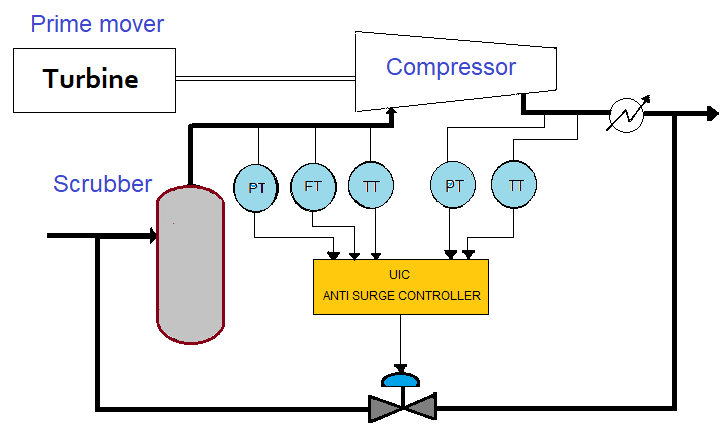

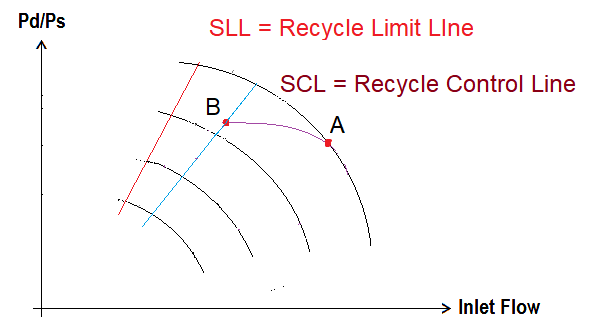

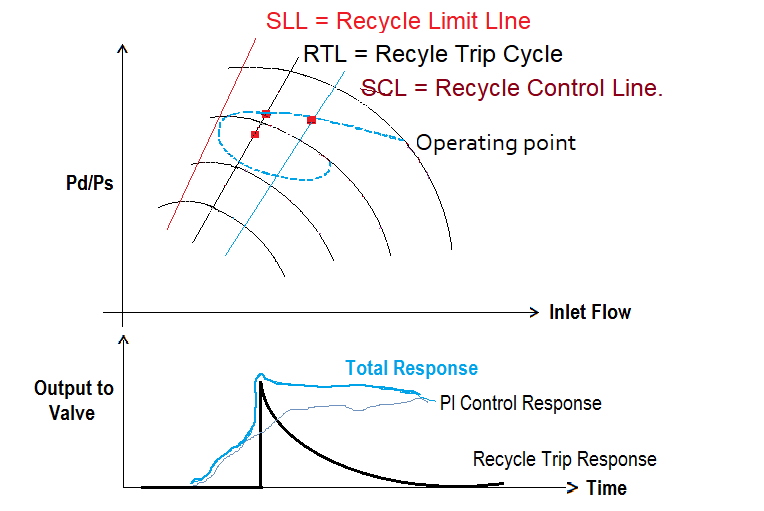

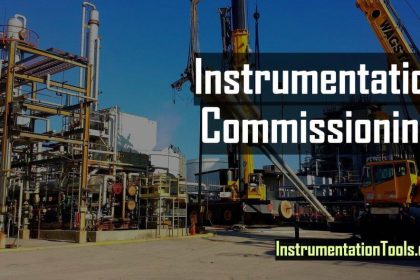
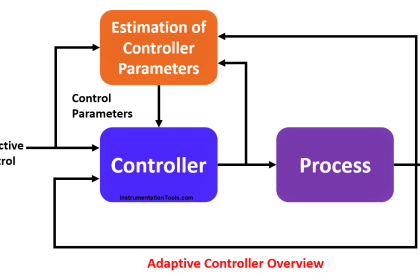

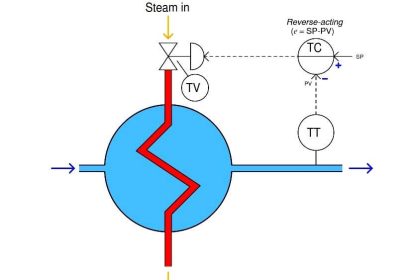
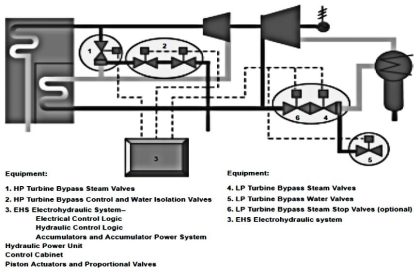
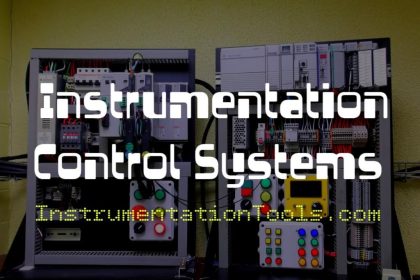

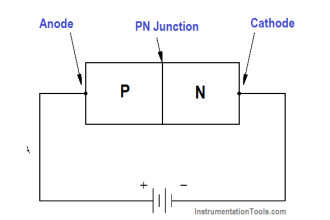
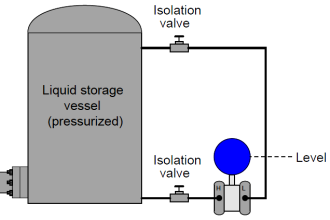
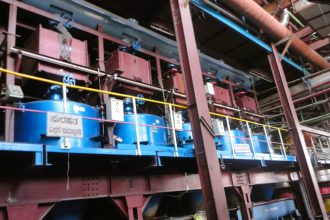
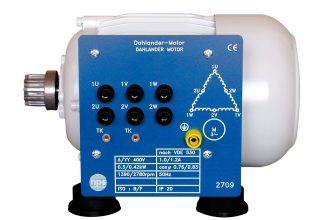
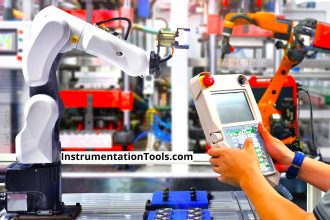



Actually what is the reasons for surge what is the use of scrubber
1. To protect the compressor we recycle the part of discharge flow to suction to maintain the minimum suction requirement. It avoid the tripping of compressor and mechanical damage also.
2. The use of scrubber is to avoid the fluctuations in the fluid flow to the suction to compressor.